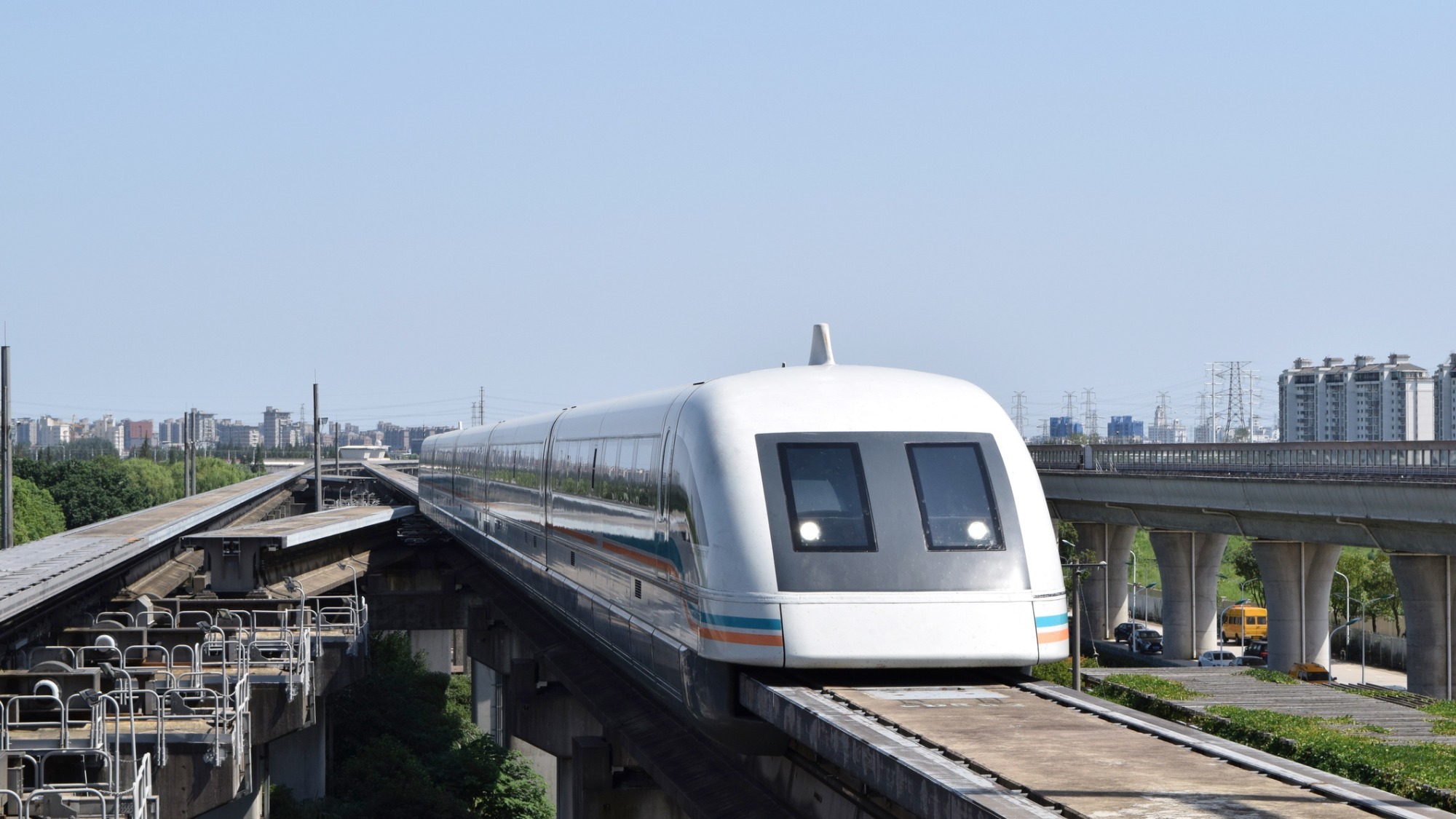
In China, an ultra-fast train glides at 620km/h
undefined undefined 12 mars 2021 undefined 16h32
undefined undefined 3 janvier 2024 undefined 10h44
Un train Maglev à Shangai © iStock
You read it right: in Chengdu, China, a prototype locomotive recently made its first glides at a speed of 620km/h, barely touching the rails.


